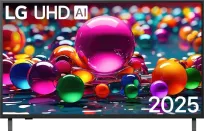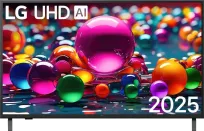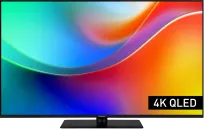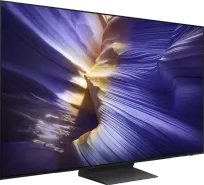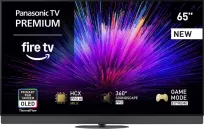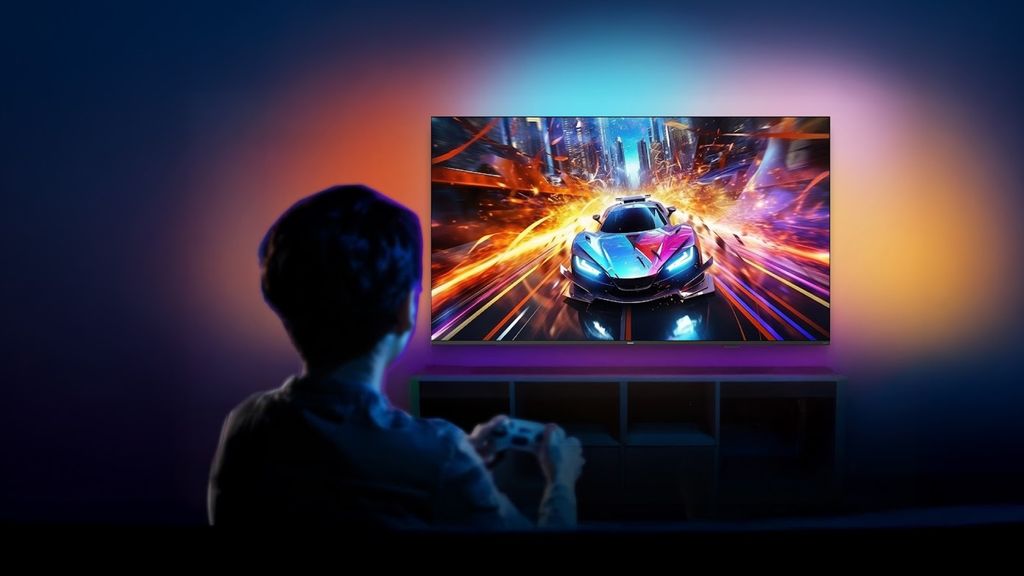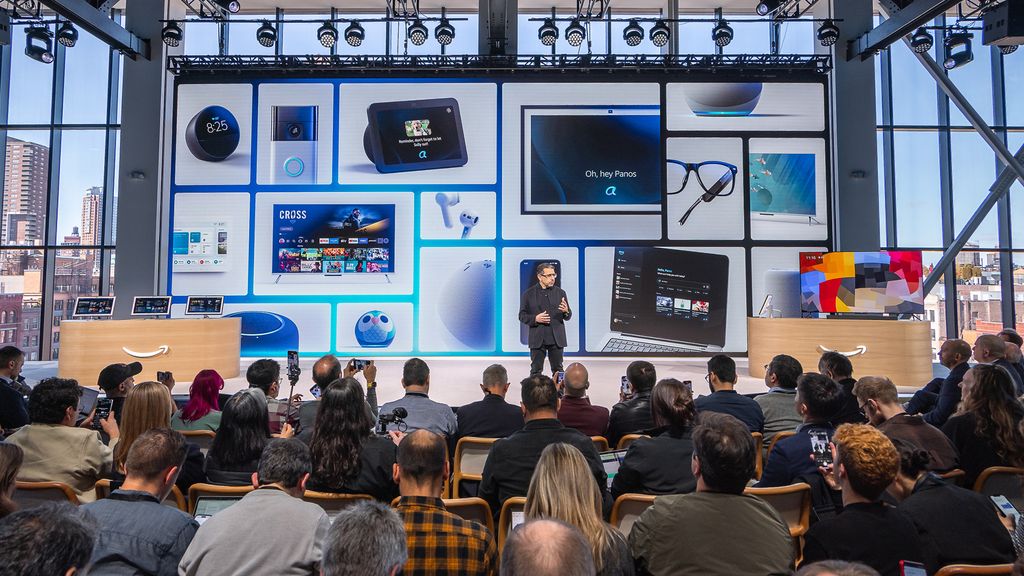
The cost of producing 65-inch OLED panels has halved since 2020, and the downward trend will continue. The market is entering a new phase as RGB LED backlit LCD panels are also making a comeback.
13 years of waiting – and finally a breakthrough?
When the first OLED televisions hit the market, the industry assured that in the future their production would be cheaper than LCD. Thirteen years have passed, and consumers have still been waiting. Now, however, it looks as if the promises are beginning to be fulfilled.
Costs have halved in 5 years
LG Display produces OLED panels in two factories: in Paju (South Korea) and in Guangzhou, China. The factory there is already two-thirds paid off (depreciated), which significantly reduces manufacturing costs.
In addition, there are further cost-cutting initiatives – the effects are clearly visible. In 2020, producing a 65-inch OLED panel cost around 1000 USD. A year ago, it was already 600 USD, and this year the price is expected to fall below 500 USD. Further reductions are projected for 2026.
Production costs of 65” OLED (estimates)
Year | Cost in USD | AUD | EUR | GBP | PLN |
|---|---|---|---|---|---|
2020 | $1000 | ~1530 | ~920 | ~790 | ~4300 |
2024 | $600 | ~920 | ~550 | ~475 | ~2580 |
2025 | <$500 | ~760 | ~460 | ~395 | ~2150 |
2026 | even lower | forecast of further decline |
(approximate conversions based on average exchange rates: 1 USD ≈ 1.53 AUD / 0.92 EUR / 0.79 GBP / 4.30 PLN)
The Korean newspaper Biz Chosun reports that LG Display has focused in the last two to three years on expanding production lines and improving efficiency. The result? A 30% reduction in costs year on year. For 2026, the company is preparing additional cuts, including a new design of the display driver IC (DDI).
OLED versus LCD – is the situation changing?
LG Display is still struggling with profitability, so not all savings will immediately reach consumers. However, it is already evident that the prices of large OLED TVs (77–83”) have significantly dropped in 2025.
Interestingly, the production costs of OLED panels are starting to equal – and sometimes even be lower – than those of LCD panels with RGB LED backlighting.
– “The cost of the LED diodes (RGB) that create the backlighting in such TVs accounts for most of the panel's price,” quotes Biz Chosun one of the industry sources. – “When adding the drivers and electronics, it comes to around 400–600 USD, which is similar to OLED, or even more expensive.”
Of course, traditional LCDs still remain cheaper to produce, but if the trend continues, we may witness a complete breakthrough within 5–10 years.
It seems that 2026 may be the first moment in history when OLED actually becomes more cost-effective to produce than advanced LCD. And this means real opportunities for even cheaper televisions in stores.
 Katarzyna Petru
Katarzyna Petru
